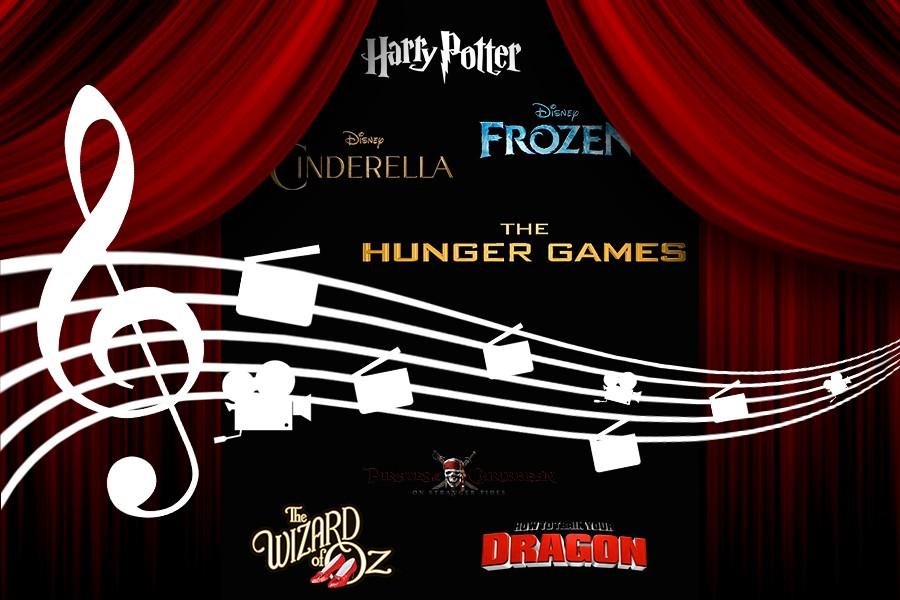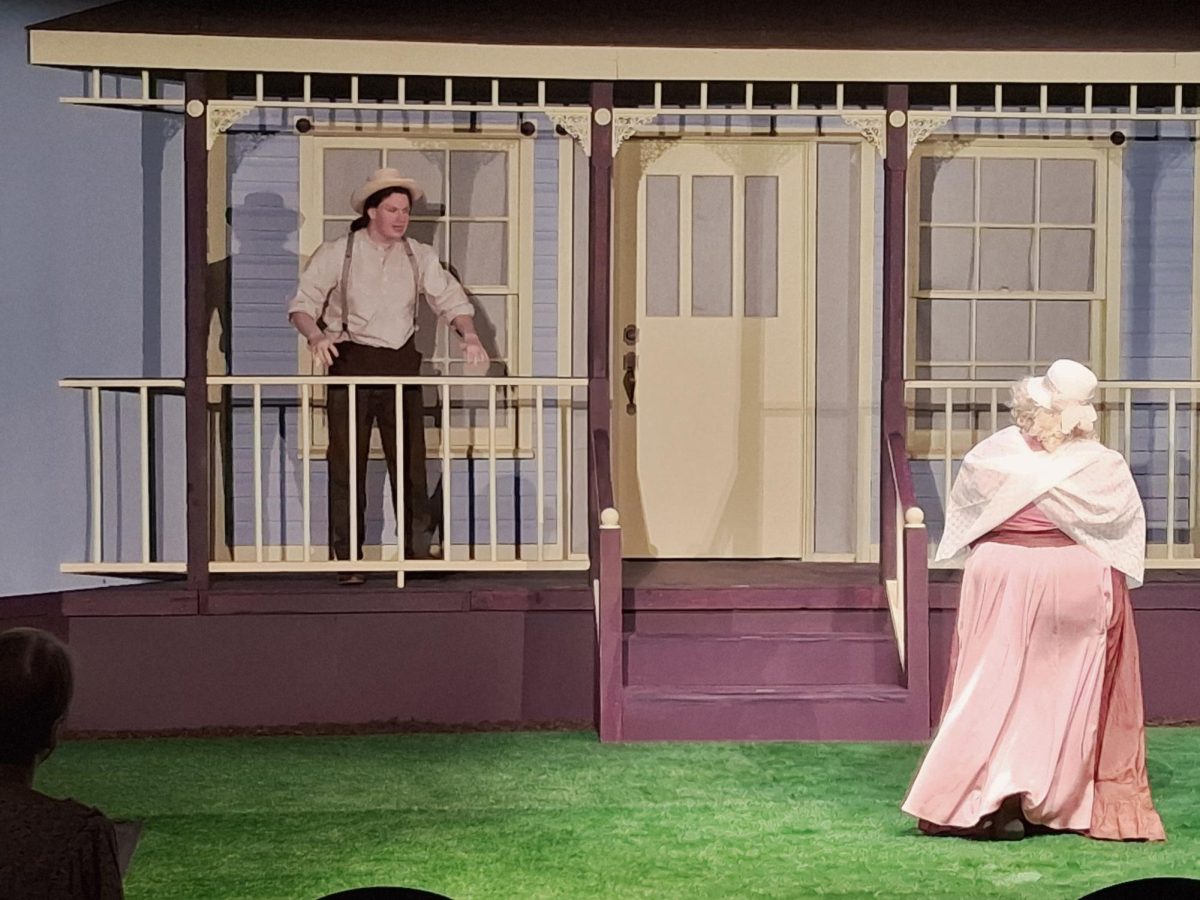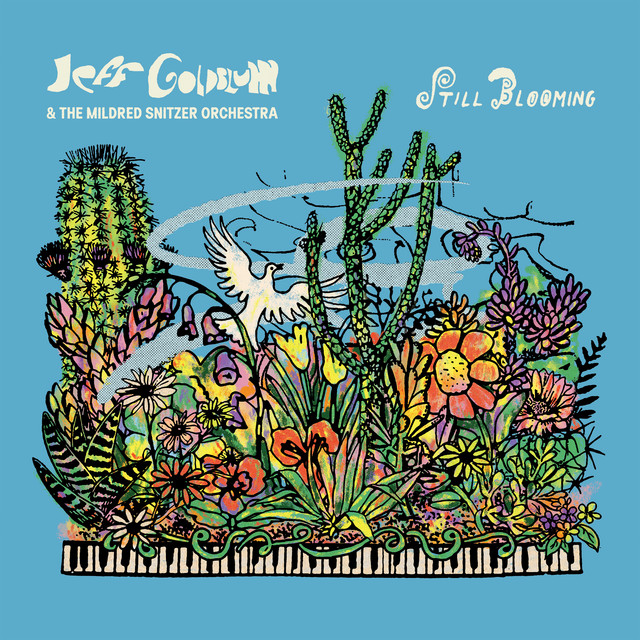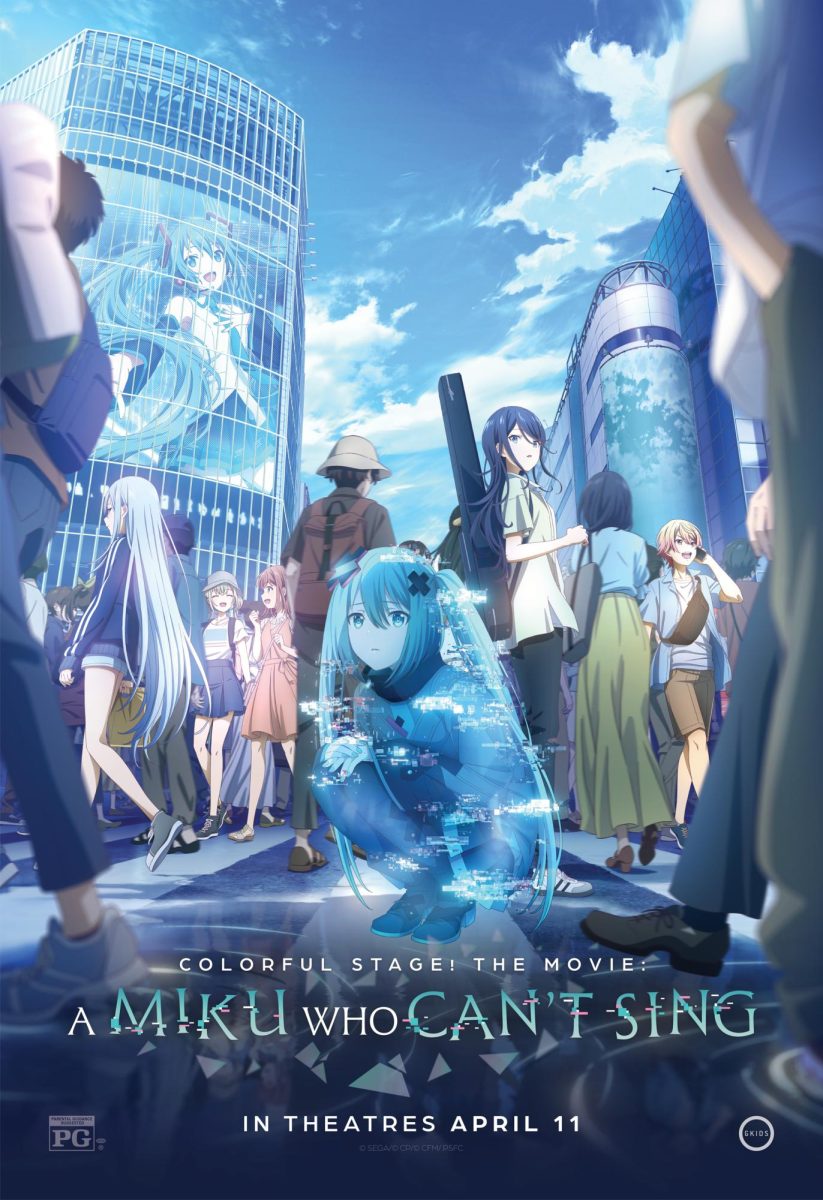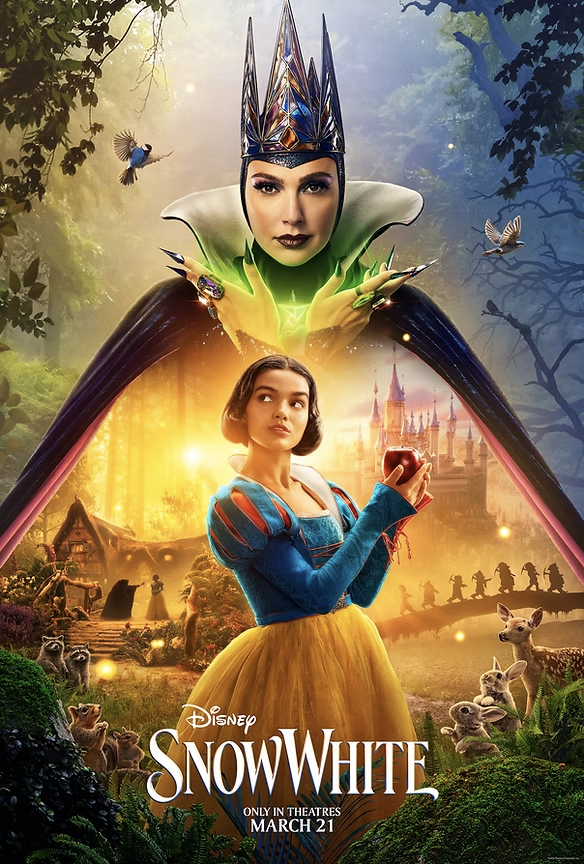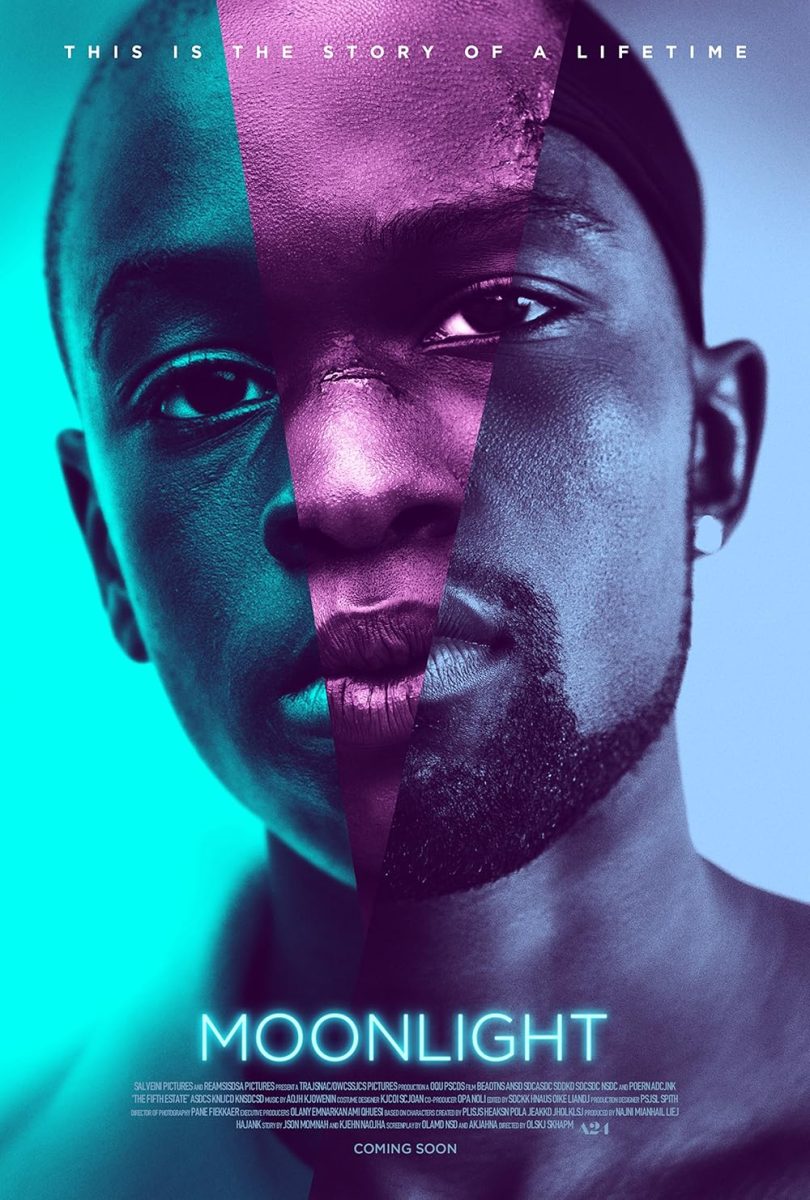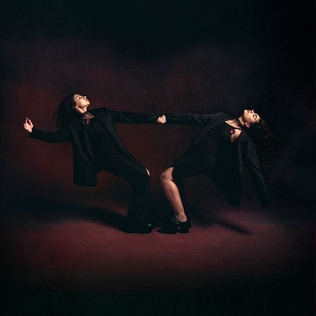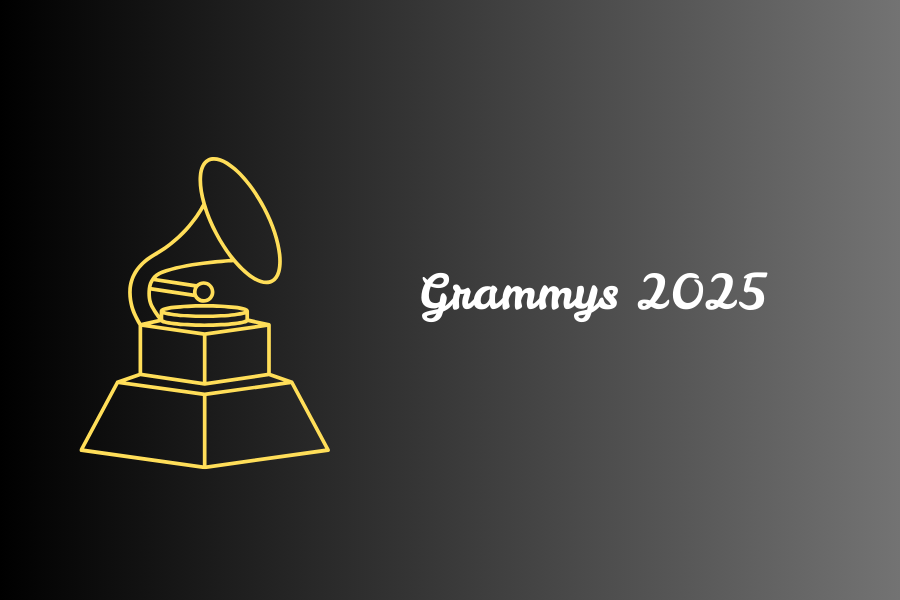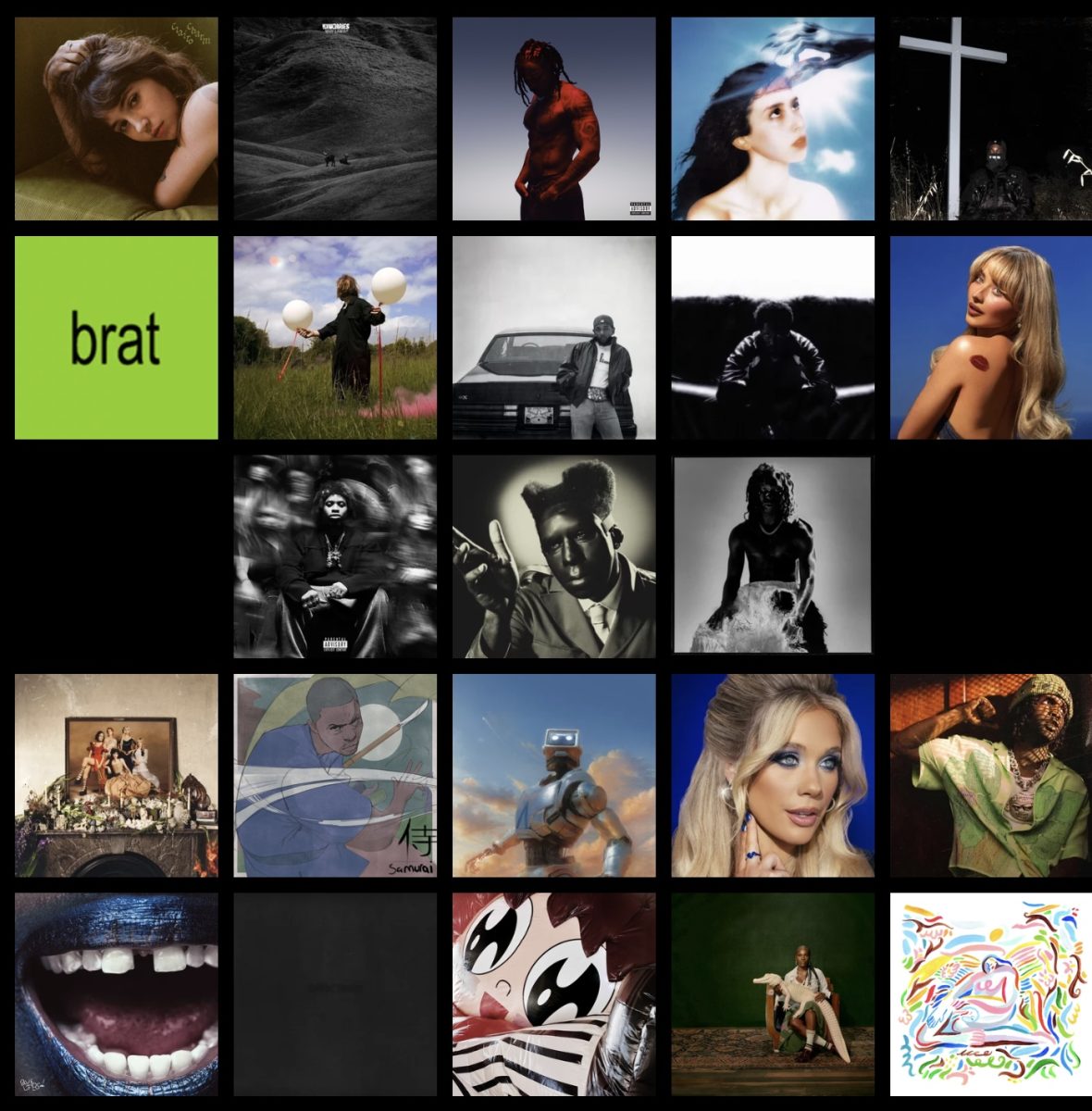Just about everyone knows that the purpose of background music in a movie is to set up emotional context for certain scenes. But more than emotion goes on behind the scenes; otherwise, an action-packed scene in one movie would sound the same as a similar scene in another. Not all soundtracks are made equal—they differ from one another based on a variety of factors, including the style and nature of the music itself, the way the music is implemented into the movie, and the effect it has on the audience.
The exact process for how a composer manages to reach our minds and emotions through a TV screen is hard to pin down. Certain techniques that composers utilize or stylistic choices they make in their music can be identified, but there is no all-encompassing factor that separates two tracks of music. Time period, genre, and the story’s own ambience all contribute to the final effect, not to mention the originality of the composer. And each of those factors have their own little components that serve to separate one category from another.
For instance, styles of movie music slowly evolve throughout different time periods—some just sound “older” or more “modern” than others. Some of it is simply in the quality of the recording equipment used: the musical themes of the original “Star Wars,” which John Williams reused in parts of the “Revenge of the Sith” soundtrack almost 30 years later, sound different when the two are compared side-by-side, even when the same instruments are used between them. Another significant factor is that musical preferences and choices change over time; overall, “Revenge of the Sith” used a lot more vocals than the original “Star Wars.” And comparing the waltzes in Disney’s “Cinderella” (1950) and “Frozen” (2013), there is a subtle difference in how the high strings are used to add character to the piece: in “Cinderella” they carry the melody, whereas in “Frozen” they are used a bit more intermittently to highlight certain lines, leaving the rest to the middle-ranged instruments.
Genre has a large effect on the music as well. Take “Harry Potter and the Sorcerer’s Stone” and “Frozen,” for instance. Listening to certain isolated tracks, one can easily imagine certain musical lines sounding perfectly at home in either movie. The curiosity, wonder, and humor of both movies often overlap into the same strain of musical thought. Of course there are certain factors that set them apart: the prevalent use of chimes and the celesta (the almost music-box-sounding instrument prominent in “Hedwig’s Theme”) and the minor chords used in “Harry Potter,” and the more open low brass chords and traditional Norwegian instruments (e.g., the bukkehorn) in “Frozen” definitely serve to make each unique. But overall, the similarities between the two serve as testament to the family resemblance between movies of the same genre.
Not that this always stands true. “The Hunger Games” in particular marks itself out as unique, with its interesting use of musical disparities to reflect the differences between the Capitol’s and the Districts’ ways of life. The use of guitar versus synthetic music, of strings versus brass and percussion, and of soloistic versus full-ensemble moments serve to give the viewer an audible representation of the polarized cultures, and even of Katniss’s own internal conflict between her sense of humanity and her need to survive. All together, the music, punctuated by silences and interspersed with haunting themes, brings across a gritty, down-to-earth world—one of death, oppression, and fear, but also of hope, of fighting to make this terrifying world a better place.
The way directors actually use the music in the movie also makes a significant difference in the way it comes across: when and how to use silences, how prominent the music should be, how to fit it underneath sound effects, and how to make the music fit just right into what’s going on in the scene. In some cases, silences are merely practical: typically no music will be in the background if two or more characters are engaging in important conversation, or if their voices are quiet. Other times, silence calls attention to a certain sound effect—in “Cinderella,” the background music cuts out for a few seconds right before the king commands the waltz to start. But silence has an emotional effect as well. In “Wizard of Oz,” it’s the calm after the storm passes, before Dorothy sees Munchkin Land. In “Frozen,” it’s the suspenseful tension when the chandelier breaks. Silence can set a mood just as well as music can. “The Hunger Games” is filled with more bouts of silence (music-wise) than most other movies, which adds to the strikingly realistic feel to the film. It’s used for unnatural stillness, heart-stopping fear, or numb lack of feeling.
Perhaps the most important way film and music editors use music is in shaping it around the scenes so that the music and the visual are seemingly inseparable. There are excellent examples in every movie. In “Cinderella,” an ascending flute melody is used when the mice are climbing stairs; in “How To Train Your Dragon,” frantic music grows right up to an abrupt halt as an attacking dragon stops in its tracks; in “Beauty and the Beast,” the music swells just as Lumiere is hatching an idea, as if representing his developing thought process. These moments help bring the movie to life, and connect the music more effectively to the story.
The overall effect the music has on the audience is largely the defining feature that sets different movie soundtracks apart. The factors of style and usage, along with instrumentation, all funnel together into the final effect. It’s this resulting sort of “character” individual to each soundtrack that causes the music of “Wizard of Oz” to sound dreamlike, that of “Frozen” to sound mountainous, and that of “Pirates of the Caribbean” to personify the raw power of ocean waves. These impressions are in part created through the usage of certain instruments, certain chords, and certain rhythmic styles, and the effect these have differ from movie to movie. For example, vocals are often used in highly emotional moments because of their purely human nature, but the emotion they evoke varies greatly. Sorrow, relief, desperation, rage, grief—each movie uses vocals just a little differently. A similarly human effect is that of the heartbeat, often signaling birth, death, panic, or doom. Although this is more in the realm of sound effects, there are instances such as Davy Jones’ theme in the “Pirates of Caribbean” arc, where a heartbeat-like rhythm is incorporated into the music. Both of these effects are very powerful tools for emotional connection, as they both add that sort of “human factor” necessary to better engage the viewer.
Garnering genuine sympathy for imaginary people in fictional circumstances isn’t a cakewalk. It isn’t just the job of the screenwriter, or the director, or the actors, or the composer—it’s all the cast combined that make it happen. It’s a daunting task to extract emotions from an audience that is comfortably seated with a screen between them and what’s happening in the film. Music is just one of many puzzle pieces—although a large one—that fits into the final product, seeking overall to reach not only our ears, but also our hearts.

